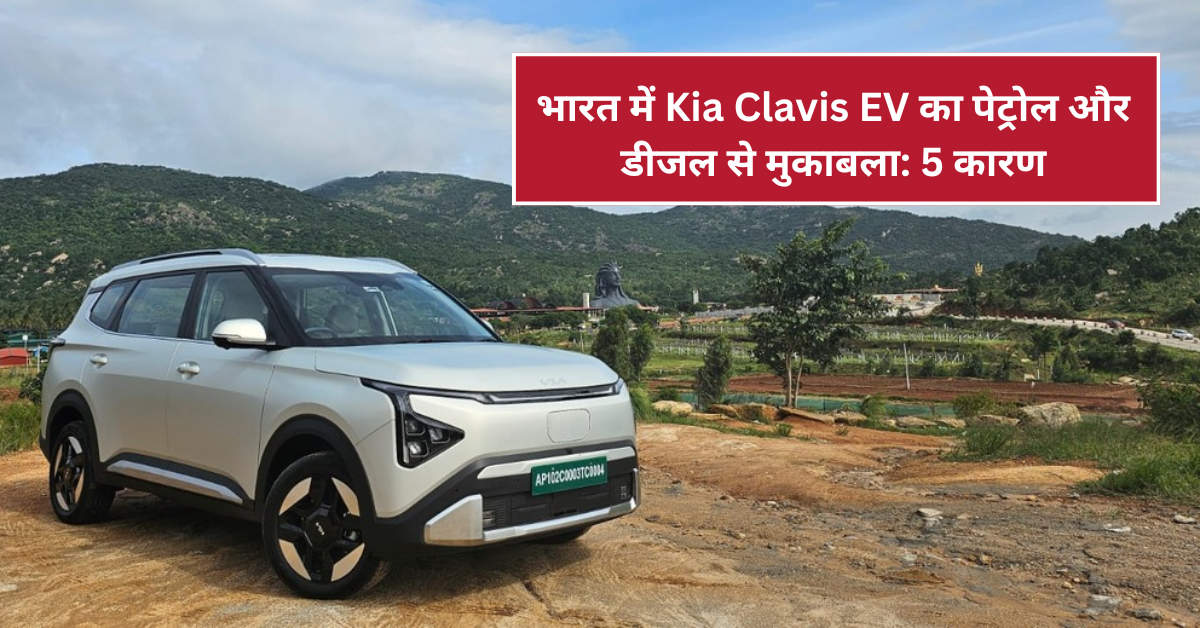Copenhagen is taking big steps towards creating a greener and more pedestrian-friendly city. The local government has proposed a plan to double the size of car-free zones by 2030. This plan focuses on reducing traffic, cutting pollution, and making walking and cycling easier for residents and visitors alike. It is an exciting development for those who care about sustainable urban living.
The new proposal also includes expanding pedestrian-only streets into popular neighborhoods like Vesterbro and Østerbro. These areas will see more space dedicated solely to people on foot and bicycles. If successful, this move could serve as a great example for other cities around the world, including those in India, looking to improve their urban environments.
What Are Car-Free Zones and Why Do They Matter?
This Article Includes
- 1 What Are Car-Free Zones and Why Do They Matter?
- 2 Copenhagen’s Plan to Double Car-Free Areas by 2030
- 3 The Impact on Vesterbro and Østerbro Neighborhoods
- 4 Benefits of Expanding Car-Free Zones in Cities
- 5 Challenges and Solutions for Implementing Car-Free Zones
- 6 Lessons for Indian Cities from Copenhagen’s Approach
- 7 Future of Urban Mobility in Copenhagen and Beyond
- 8 Conclusion: A Healthier, Cleaner Copenhagen Ahead
Car-free zones are specific areas in a city where vehicles are not allowed to enter. This means that only pedestrians, cyclists, and sometimes public transport can use these streets. The main goal of these zones is to reduce traffic congestion and lower air pollution.
For cities like Copenhagen, car-free zones improve the quality of life by creating safer and cleaner environments. People can enjoy walking, shopping, and dining without the noise and danger of cars. It also encourages more people to adopt cycling and walking as regular modes of transport, which is beneficial for health and the environment.
Copenhagen’s Plan to Double Car-Free Areas by 2030
Currently, Copenhagen has many car-free areas mainly in its city center. The plan aims to double these zones by including more neighborhoods, especially Vesterbro and Østerbro. The government believes expanding these spaces will help meet climate goals and promote healthier lifestyles.
By increasing the number of pedestrian streets and limiting vehicle access, the city hopes to reduce carbon emissions. This aligns well with global efforts to fight climate change. The plan also includes improving public transportation and cycling infrastructure, making it easier for people to leave their cars at home.
The Impact on Vesterbro and Østerbro Neighborhoods
Vesterbro and Østerbro are two popular districts in Copenhagen with lively social scenes and many shops, cafes, and cultural spots. The new proposal will introduce wider pedestrian zones, creating more inviting public spaces for locals and tourists.
Residents in these areas can expect quieter streets with less air pollution and noise. This will encourage outdoor activities and make the neighborhoods safer for children and elderly people. Local businesses will benefit as pedestrian traffic often leads to increased sales and better community engagement.
Benefits of Expanding Car-Free Zones in Cities
Expanding car-free zones offers multiple benefits beyond just reducing pollution. These zones promote active transportation like walking and cycling, which improve physical health and reduce health costs. They also boost social interaction as open spaces encourage community events and casual meetings.
For younger people, car-free zones offer safer, fun, and more attractive places to hang out. The reduction in vehicle traffic means fewer road accidents and a more peaceful urban experience. Cities with more pedestrian areas often see an increase in tourism as well, creating economic opportunities.
Challenges and Solutions for Implementing Car-Free Zones
While the benefits are clear, expanding car-free zones can come with challenges. Some people worry about restricted access to their homes or businesses, and concerns about public transport capacity might arise.
To address these issues, Copenhagen’s plan includes investing in reliable public transit and clear communication with affected communities. The city also plans to allow some limited vehicle access during specific times for deliveries and emergencies. These measures aim to balance convenience with the goal of creating more pedestrian-friendly spaces.
Lessons for Indian Cities from Copenhagen’s Approach
Indian cities face growing problems like traffic jams, pollution, and overcrowded streets. Copenhagen’s initiative shows how prioritizing people over cars can improve urban life. Indian cities can learn from this by gradually introducing car-free zones in busy markets and residential areas.
Better cycling infrastructure, safe pedestrian paths, and improved public transportation can make these zones successful. Raising awareness and involving local communities will also be essential steps. Over time, such changes can create more livable, sustainable cities in India.
Future of Urban Mobility in Copenhagen and Beyond
Copenhagen’s plan is part of a larger vision for eco-friendly urban living. The city aims to be carbon-neutral by 2025 and has already made significant progress in promoting cycling. Expanding car-free zones fits perfectly with these goals.
This approach is inspiring cities worldwide to rethink how streets and public spaces are used. By focusing on pedestrians and cyclists, cities can reduce pollution, improve public health, and enhance overall quality of life. Copenhagen’s plan is a promising step toward a cleaner, greener future.
Conclusion: A Healthier, Cleaner Copenhagen Ahead
The plan to double car-free zones by 2030 shows Copenhagen’s strong commitment to sustainability and citizen wellbeing. Expanding pedestrian streets to Vesterbro and Østerbro will create safer, more beautiful urban spaces for everyone. Other cities, including those in India, can watch and learn from Copenhagen’s journey toward greener living and smarter city design.


































